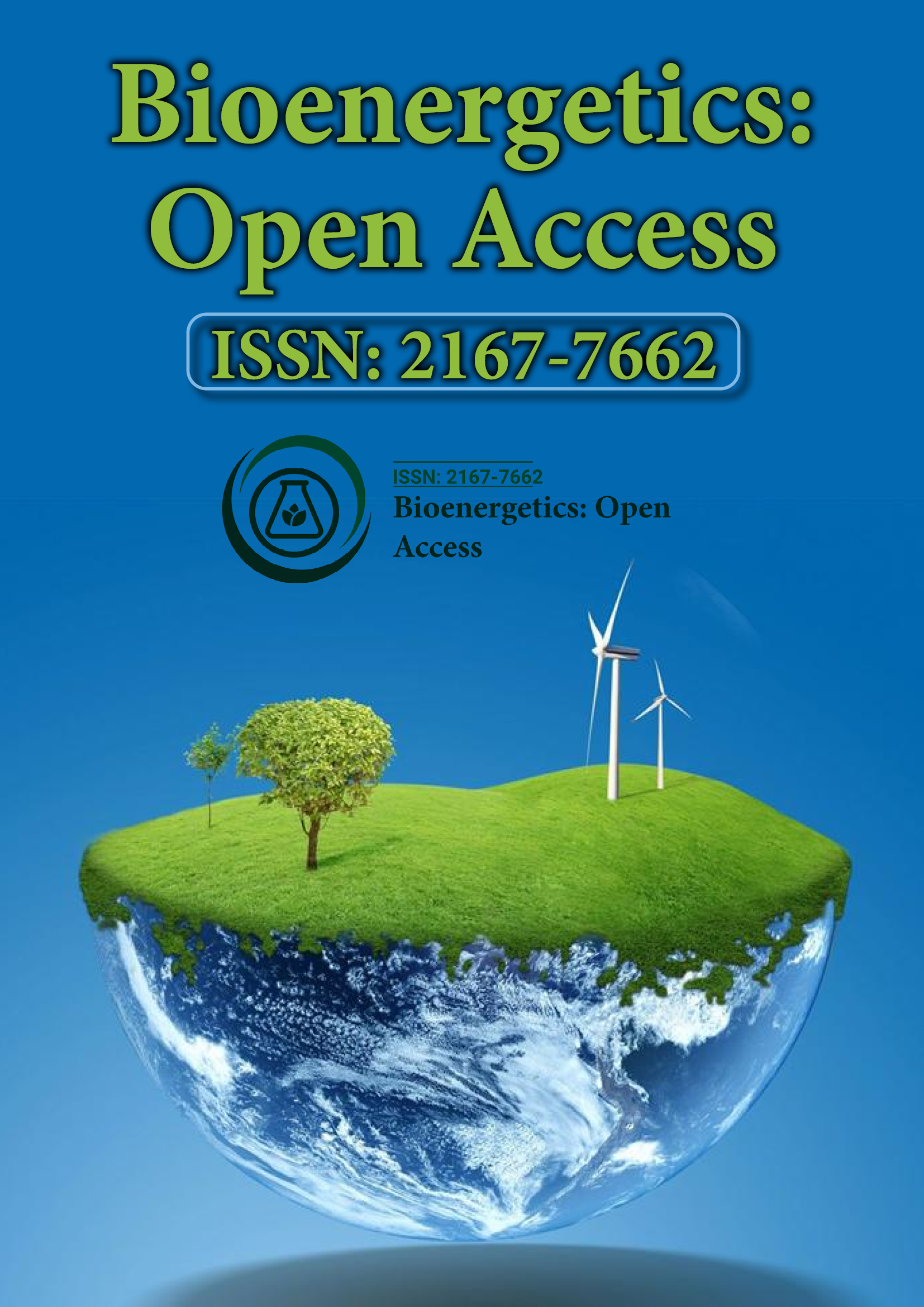Indexed In
- Open J Gate
- Genamics JournalSeek
- Academic Keys
- ResearchBible
- RefSeek
- Directory of Research Journal Indexing (DRJI)
- Hamdard University
- EBSCO A-Z
- OCLC- WorldCat
- Scholarsteer
- Publons
- Euro Pub
- Google Scholar
Useful Links
Share This Page
Journal Flyer

Open Access Journals
- Agri and Aquaculture
- Biochemistry
- Bioinformatics & Systems Biology
- Business & Management
- Chemistry
- Clinical Sciences
- Engineering
- Food & Nutrition
- General Science
- Genetics & Molecular Biology
- Immunology & Microbiology
- Medical Sciences
- Neuroscience & Psychology
- Nursing & Health Care
- Pharmaceutical Sciences
Opinion - (2025) Volume 13, Issue 1
Oxidative Potential of Solvent-Derived Peroxyl Radicals in Radiation Environments
Marco DeLuca*Received: 19-Feb-2025, Manuscript No. BEG-25-28871; Editor assigned: 21-Feb-2025, Pre QC No. BEG-25-28871 (PQ); Reviewed: 07-Mar-2025, QC No. BEG-25-28871; Revised: 14-Mar-2025, Manuscript No. BEG-25-28871 (R); Published: 21-Mar-2025, DOI: 10.35248/2167-7662.25.13.288
Description
Radiation-induced chemical transformations have long played a critical role in various scientific fields, from sterilization and radiotherapy to materials modification and environmental remediation. One particularly compelling phenomenon is radiation-induced aerobic oxidation mediated by solvent-derived peroxyl radicals. This process not only challenges traditional views on the limited reactivity of solvent molecules under oxidative radiation environments but also opens new frontiers in selective oxidation chemistry.
At the heart of this process lies the formation of peroxyl radicals, reactive oxygen species generated when molecular oxygen interacts with solvent-based carbon-centered radicals produced during radiolysis. Solvents such as alcohols, ethers and hydrocarbons, when exposed to ionizing radiation, undergo bond cleavage that yields reactive intermediates. In the presence of oxygen, these intermediates can readily form peroxyl radicals, which then participate in a variety of oxidation reactions, often mimicking or even surpassing enzymatic oxidative processes in specificity and efficiency.
The prevailing view in radiation chemistry has historically emphasized water radiolysis and the resulting reactive species—especially hydroxyl radicals, hydrated electrons and hydrogen atoms. However, non-aqueous and organic solvents, particularly under aerobic conditions, are proving to be far more chemically dynamic than previously thought. Peroxyl radicals derived from these solvents exhibit strong oxidizing power and a capacity for selective hydrogen abstraction and electron transfer, making them valuable agents in driving oxidation reactions of solutes, including biomolecules, pharmaceuticals and polymers.
This perspective merits greater recognition and integration into modern chemical strategy. In traditional organic synthesis, achieving oxidative transformations often requires harsh reagents or complex catalysts. In contrast, radiation-induced peroxyl radicals provide a more sustainable and potentially milder alternative, as they are generated in situ, require no added chemical oxidants and can be finely tuned by controlling radiation dose, solvent composition and oxygen concentration. This method holds potential for advancing green chemistry goals, reducing hazardous waste and enabling site-specific modifications.
Moreover, the implications extend beyond synthetic chemistry. In radiation biology and medicine, the role of solvent-derived radicals, especially in lipid-rich environments such as cellular membranes, may be far more consequential than recognized. The oxidation of lipids and proteins via peroxyl radicals contributes significantly to radiation-induced cellular damage. Understanding the mechanisms and kinetics of such reactions can enhance our capacity to mitigate radiation injury through targeted antioxidant therapies or radio-sensitizers. It also prompts a reassessment of dose-dependent toxicity in non-aqueous environments, including pharmaceutical formulations and polymer-based medical devices.
Another intriguing application area is materials science, where radiation-induced oxidation using solvent-derived peroxyl radicals could be harnessed for precise surface functionalization or polymer crosslinking. In the development of advanced materials, particularly those requiring controlled surface energy or biocompatibility, the ability to induce oxidation through a spatially confined and tunable mechanism is highly desirable. With further development, this could revolutionize how we treat and modify surfaces in fields such as microelectronics, nanotechnology and biomedical engineering.
Despite these potential benefits, challenges remain. The complex reaction pathways and transient nature of peroxyl radicals make them difficult to study and predict. Real-time spectroscopic techniques and advanced computational modeling are necessary to resolve their behavior under different radiative and environmental conditions. Furthermore, there is a need to better understand the competition between peroxyl radicals and other reactive species in multi-component systems, particularly in biologically or industrially relevant environments.
There is also a philosophical angle to this discussion. The realization that “inert” solvents can be converted into potent oxidative agents under radiation exemplifies the broader theme in chemistry of latent reactivity—where under the right conditions, simple compounds acquire complex and consequential roles. This highlights the importance of context in chemical behavior and serves as a reminder that no component in a reaction system is ever truly passive.
In conclusion, radiation-induced aerobic oxidation via solvent-derived peroxyl radicals is a powerful yet underutilized phenomenon with wide-ranging implications. As our understanding of this process grows, so too does its potential to influence synthetic chemistry, radiation biology, materials science and environmental remediation. Embracing this oxidative pathway and investing in the tools to better control it, may yield novel approaches to well-established chemical and technological challenges—proving once again that radiation, when carefully controlled, is not just a destructive force, but a creative one as well.
Citation: DeLuca M (2025). Oxidative Potential of Solvent-Derived Peroxyl Radicals in Radiation Environments. J Bio Energetics. 13:288.
Copyright: © 2025 DeLuca M. This is an open access article distributed under the terms of the Creative Commons Attribution License, which permits unrestricted use, distribution, and reproduction in any medium, provided the original author and source are credited.
